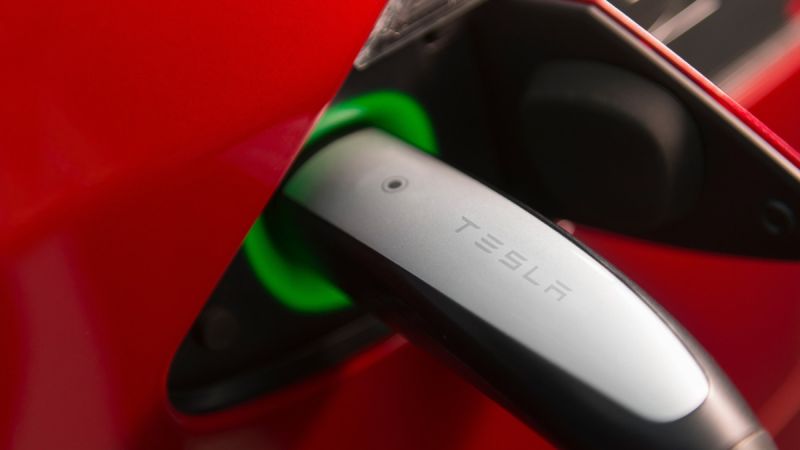Just a few days ago the Austin-based company celebrated the 10,000th installation of its Supercharger network in Europe. A network known by practically all users and electric car fans all over the world, also in part due to its recent opening to brands other than Tesla. Now Elon Musk's firm celebrates a new milestone: the tenth anniversary of its first public charging point. To celebrate this Tesla has published a tweet in which the progressive advance of these elements in Europe, North America, Asia and Australia is presented.
Tesla has 10,000 electric car charging points spread over 30 countries in Europe as of today. The region with the largest number of Superchargers is Germany, with 143 locations. Germany is closely followed by France (123), the United Kingdom (100) and Norway (95); Spain is in the middle of the table with a total of 50 Supercharger stations. There are other countries such as the Netherlands, with 39 Supercharging locations, Austria with 27, and Switzerland also with 27.

If all the Supercharger locations that Tesla has worldwide are counted, the figure actually rises to more than 35 thousand locations spread over 46 countries. In addition to the aforementioned European countries, Tesla has a presence in many other countries such as Canada, Mexico, Puerto Rico, China, South Korea, Japan, Taiwan or Australia, among others (obviously, apart from the US). In its historical 10 year-journey this network has basically charged enough energy to travel more than 32,000 million kilometers driving an electric car.
The Supercharger network was born in 2012 as a support and incentive for the launch of the most popular first EV model, the Tesla Model S. This was the first company to launch a network of private and specific charging stations for its marketed models; in its early years charging was completely free for these cars. It was not until the appearance of the Tesla Model 3 and its particular democratization that the process of paying for recharging actually began. This was an important marketing tool for Tesla, since electric mobility was presented as "free" and the diversification of stations promised comfortable travel without any major inconveniences.

In 2012, when the Tesla network appeared, almost all legacy automakers basically ignored electric mobility, beyond some specific models preferably used for urban trips, such as the Renault ZOE, the Smart ForTwo or the Renault Twizy. That is why the appearance of the Tesla Model S was so outstanding, since it opened the possibility for long and comfortable family trips while enjoying electric mobility; something almost unthinkable at the time. This was perfectly combined with a charging network that started its way at a power of 90 kW and later rose to 120 kW.
10 years of Supercharging.
46 countries.
35k+ stalls.
20 billion miles charged.
pic.twitter.com/m3H2Hry719— Tesla (@Tesla) October 20, 2022
In the years to come, Tesla hopes to repeat the Supercharger recipe with the so-called Megachargers, which are specially designed for electric trucks - such as the Tesla Semi - which will have even faster charging times, reaching almost 1 MW battery capacities.
All images courtesy of Tesla Inc.
Nico Caballero is the VP of Finance of Cogency Power, specializing in solar energy. He also holds a Diploma in Electric Cars from Delft University of Technology in the Netherlands, and enjoys doing research about Tesla and EV batteries. He can be reached at @NicoTorqueNews on Twitter. Nico covers Tesla and electric vehicle latest happenings at Torque News.












